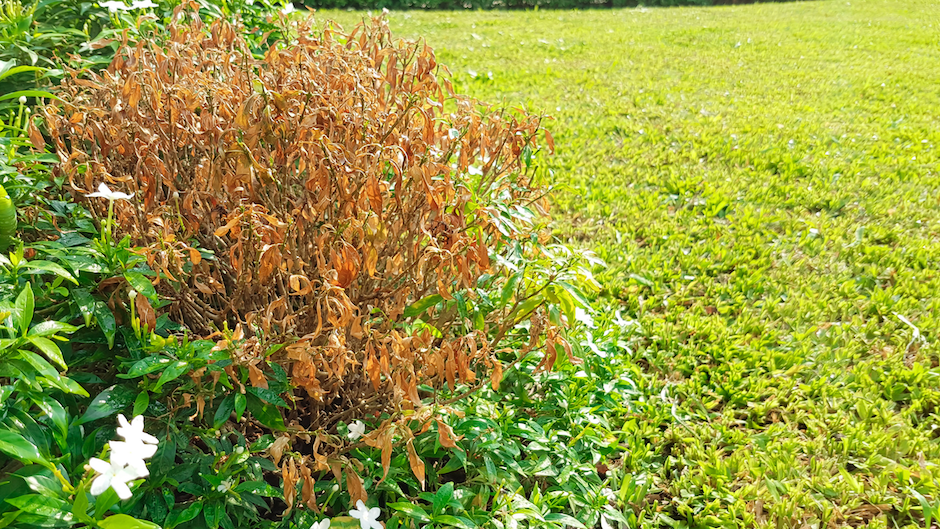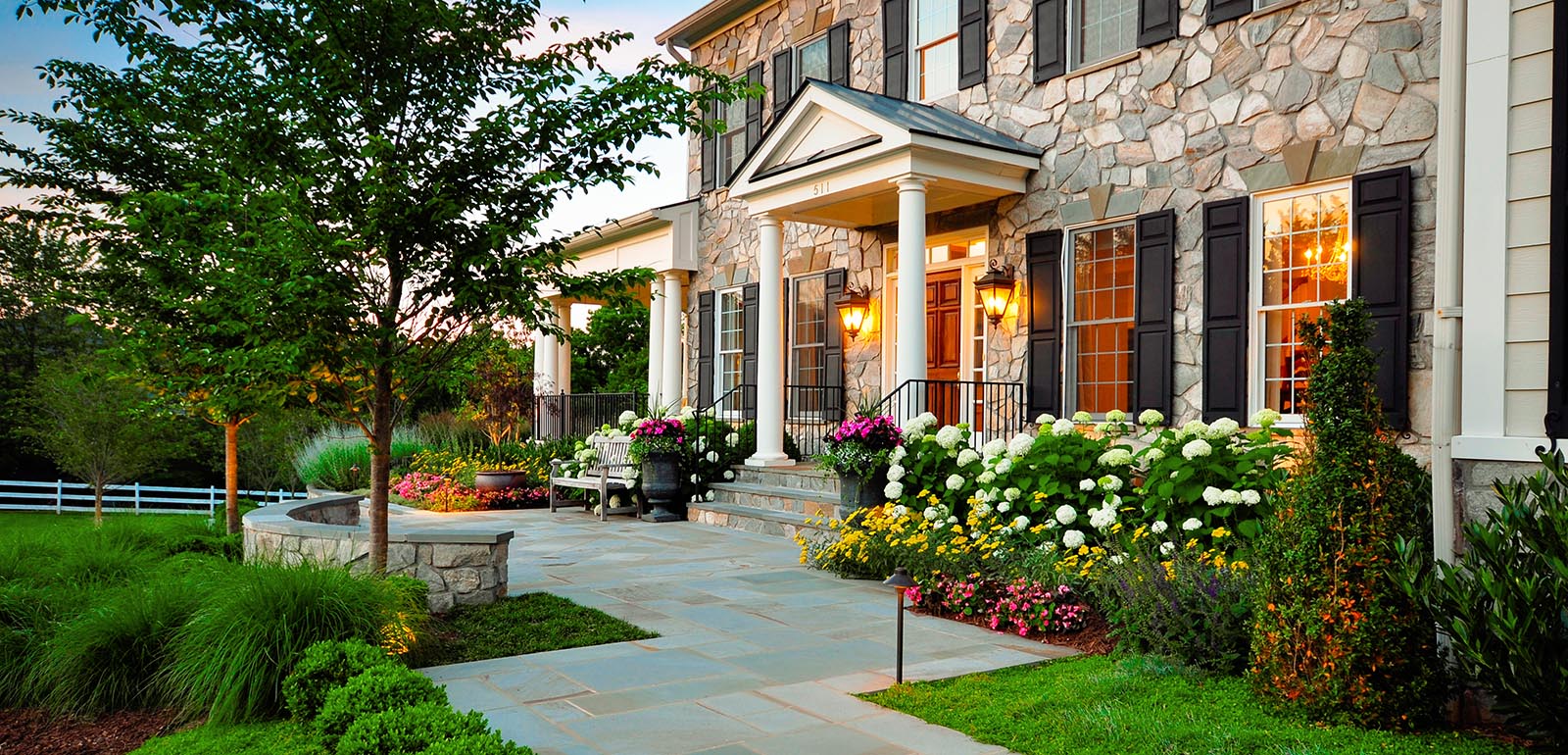03 Mar Cold Weather Damage to Shrubs
We often take great care to make our yards look awesome. Sometimes we do that for ourselves and other times we do that for others who might see them. Maybe it’s even a little bit of both. Unfortunately, we go to all of this effort but then the cold weather strikes and it does more harm than good.
Shrubs are not a plant that you can just bring inside for the winter. This means that they often are exposed to winter weather that can leave behind damage to shrubs.
Let’s take a quick look at how to recognize winter damage and what you can do about it.
What Causes Winter Damage to Shrubs?
There is more than one way that winter can wreak havoc on your shrubs. In fact, you can have a mild winter and still experience damage from the cold. This happens in warm climates that see little to no freezing temperatures just as much as hearty winters in other locations.
These are the main types of winter damage.
● Desiccation
● Frost
● Sunscald
Desiccation is primarily caused by your shrub becoming dehydrated. Whether the shrub needs water or has lost water, it’s lacking moisture. Things like wind, dry air, and ice can quickly pull the moisture out of the shrub. The signs include dry brown leaves as well as the growth that appears shriveled.
Frost is more likely to damage growth. This might be leaves or new growth. The frost can be harsh on delicate parts of the shrub, leaving it to turn black or brown and even crisp.
Sunscald comes from sunlight exposure. It’s not the same as the summertime sun. The winter sun is brighter and strong on the shrub. This can lead to white damage on the shrub. However, it might also cause withering and brown spots.
Shrubs will be more susceptible to damage when they don’t get the chance to become dormant. However, winter simply works a number on them.
Winter Care
Winter is the time for your plants to be dormant. You can water your shrub on occasion to help it retain some moisture but you won’t want to do this a lot.
The best thing to do when you notice winter damage to shrubs is to simply let it be through the winter. Pruning shrubs in the winter might actually expose them to more harm and cause additional damage.
Simply let the plant experience the winter and plan to have some pruning done in the spring. While your shrub might look a little sad now, they typically recover well with proper spring care.
StreamLine Designs Shrub Care
When winter is over and you’re ready to have your shrubs cared for, we can help. We will be happy to prune your winter-damaged shrub when spring comes. In some cases, your shrub may need some additional care. Our experts can help get the shrub back to a healthy condition.
Don’t be alarmed by a little bit of winter damage. Shrubs typically recover well. Give it some time and let’s see how the spring goes.

